SLVAFM7 June 2024 TLC6983
3.3 Low Grayscale Non-Uniformity Issue
The display performance of low grayscale images is also important to NPP LED display. Display performance means the ability to perform rich color-depth images under conditions of low brightness and low grayscale level. Why does this need to be in low brightness? Because of the characteristics of human eyes.
Based on Weber law, human eyes' perception of natural brightness is non-linear, which means human eye is very sensitive to low brightness change, but not to high brightness change, as the curve shown in Figure 3-27.
For indoor NPP LED display applications, display brightness is not very high for the comfort of human eyes viewing. So, a low-brightness and rich color-depth image display capability is crucial. And low grayscale non-uniformity is a common issue that can be observed.
 Figure 3-27 Human Eye Perception of Natural Brightness
Figure 3-27 Human Eye Perception of Natural BrightnessLow grayscale non-uniformity refers to LED pixel brightness vary to each other (uneven). The effect is easier to be observed by human eyes when the image is in low brightness and low grayscale conditions.
There are 2 kinds of low grayscale non-uniformity effect shown in Figure 3-28 and Figure 3-29. Device-to-Device (D2D) brightness non-uniformity makes the screen looks dirty. Pixel-to-Pixel (P2P) brightness non-uniformity makes the screen looks blurry.
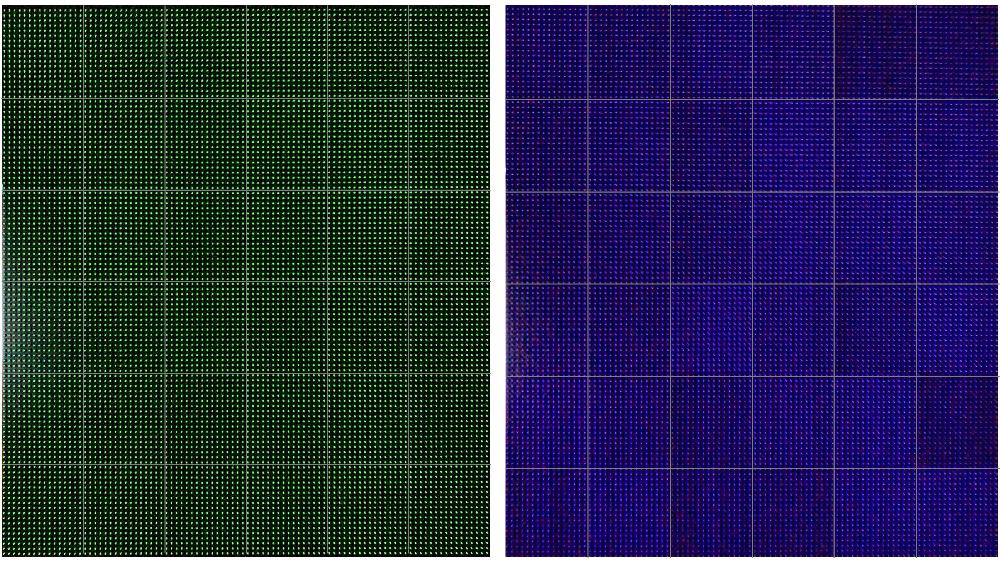 Figure 3-28 Device-to-Device (D2D) Low Grayscale Non-Uniformity Effect
Figure 3-28 Device-to-Device (D2D) Low Grayscale Non-Uniformity Effect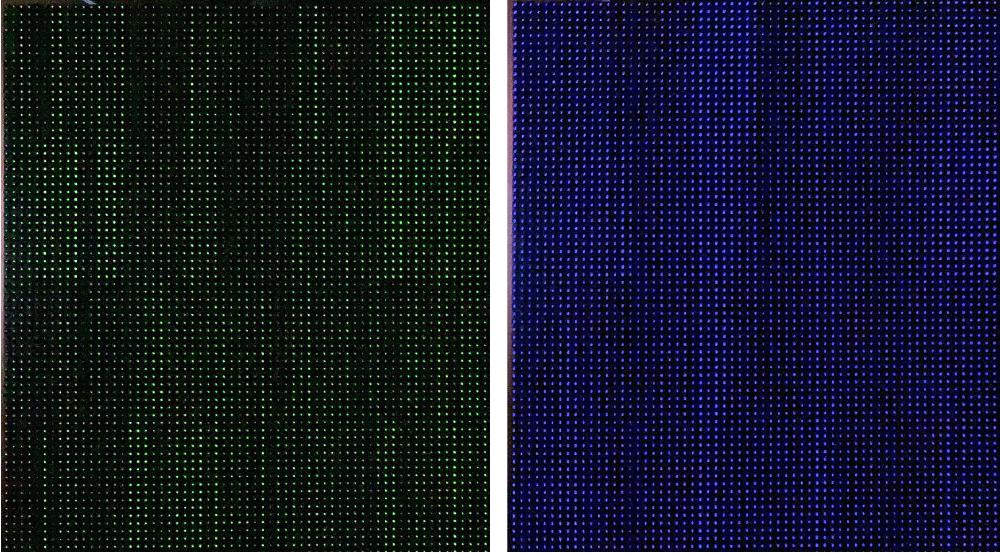 Figure 3-29 Pixel-to-Pixel (P2P) Low Grayscale Non-Uniformity Effect
Figure 3-29 Pixel-to-Pixel (P2P) Low Grayscale Non-Uniformity EffectDevice-to-Device low grayscale non-uniformity is because LED driver’s constant-current sources have device-to-device variation, making driving current be different, shown in Figure 3-30.
Pixel-to-Pixel low grayscale non-uniformity is because of LED pixel-to-pixel variation on production, performance discreteness and channel to channel layout difference. The non-uniformity makes LED brightness different even with the same driving current. LED production and performance discreteness are shown in Figure 3-31, please refer to Variability in LED Production and the Impact on Performance for more information.
 Figure 3-30 Device to Device Variation of LED Drivers Constant-Current Sources
Figure 3-30 Device to Device Variation of LED Drivers Constant-Current Sources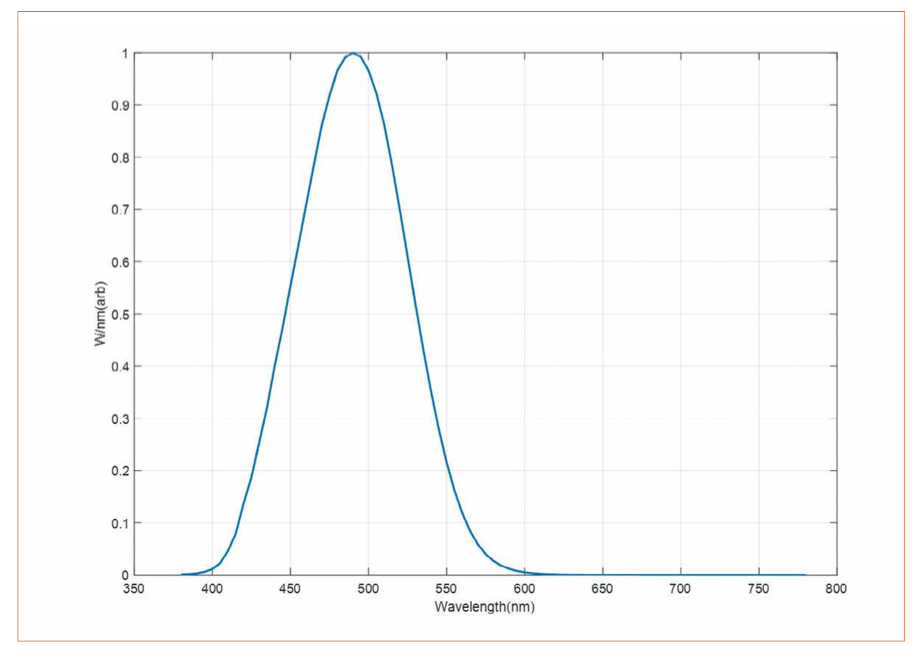 Figure 3-31 Variability in LED Production and Performance Discreteness
Figure 3-31 Variability in LED Production and Performance DiscretenessFor most NPP display products with brightness higher than 600 nits, the low grayscale non-uniformity won’t be as bad as shown previously or even can’t be observed. For low brightness (48 nit) application (such as LED cinema screen), with relatively very low driving current ( about 200/300uA), low grayscale non-uniformity can be a challenge, since current source error increases a lot in very low current. Fortunately, TI’s LED display driver TLC698x has very low D2D variation at typical ±0.5% and maximum ±2%.
So, how to solve the low grayscale non-uniformity issue?
Figure 3-32 shows the Dynamic Spectrum-Pulse Width Modulation (DS-PWM) algorithm of TLC698x. A whole frame is split to several sub-periods. In each sub-period, all SCAN lines are lighted up in turn. To achieve ultra-low brightness, LED driver must have the ability to output a very short current pulse (1 GCLK time). However, due to LED’s parasitic capacitance, such one pulse or even several pulses can not turn on the LEDs. If GCLK frequency is getting higher, turning on LEDs is more difficult.
 Figure 3-32 DS-PWM Algorithm of TLC698x
Figure 3-32 DS-PWM Algorithm of TLC698xAs mentioned previously, the reason that people observe non-uniformity is human eyes are very sensitive to low brightness change, which means the brightness can improve a little bit, this can cheat eyes and make the image look like uniform.
So, the way to solve low grayscale non-uniformity issue is shown in Figure 3-33. Normally, the LED current is shown in red pulses. TLC698x has low grayscale enhancement function to compensate the charge loss from the parasitic capacitor of the LEDs and solve non-uniformity issue by extending the turn-on time in each sub-period for all GS data, as shown in the green shadow block. Note that this function does not exceed the upper limit of the grayscale. So, this is global compensation for all grayscale, not only local compensation for low grayscale.
 Figure 3-33 Low Grayscale Non-Uniformity by ON Cycle Clock Extending
Figure 3-33 Low Grayscale Non-Uniformity by ON Cycle Clock ExtendingFigure 3-34 and Figure 3-35 show the comparison demo with or without low grayscale non-uniformity. The ON cycle clock extending algorithm works very well. When enabled, the display effect is improved.
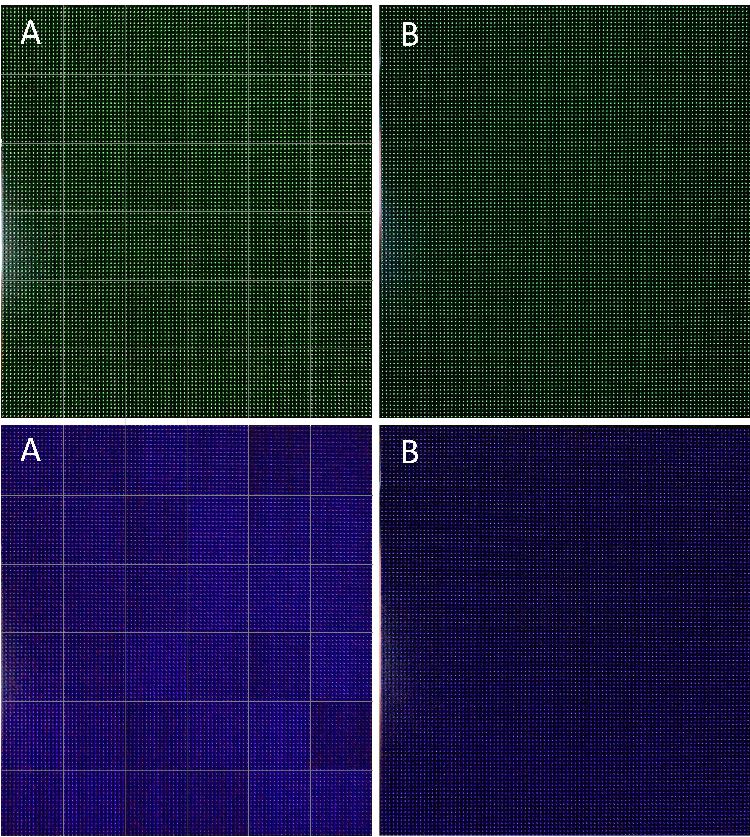 Figure 3-34 Comparison Demo with or without D2D Low Grayscale Non-Uniformity
Figure 3-34 Comparison Demo with or without D2D Low Grayscale Non-Uniformity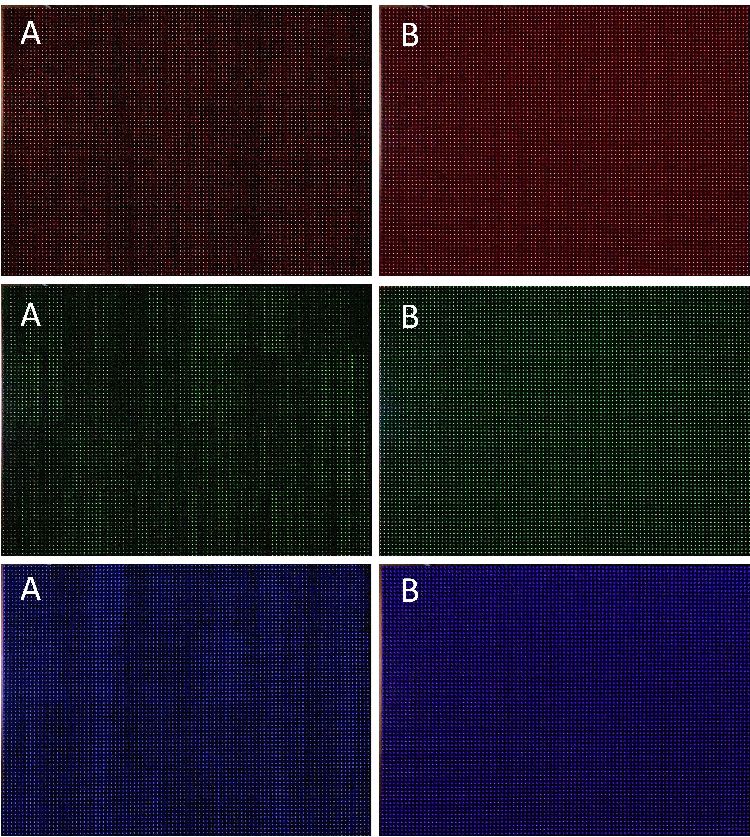 Figure 3-35 Comparison Demo with or without P2P Low Grayscale Non-Uniformity
Figure 3-35 Comparison Demo with or without P2P Low Grayscale Non-Uniformity